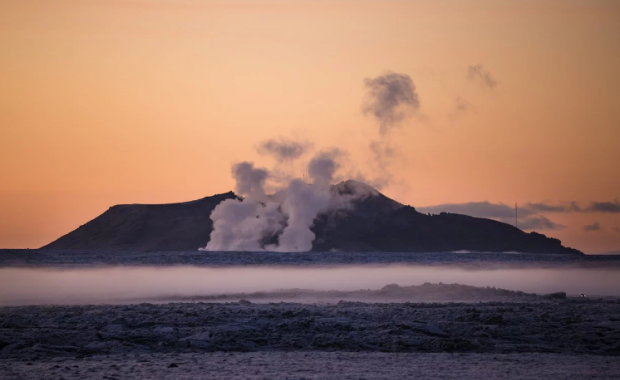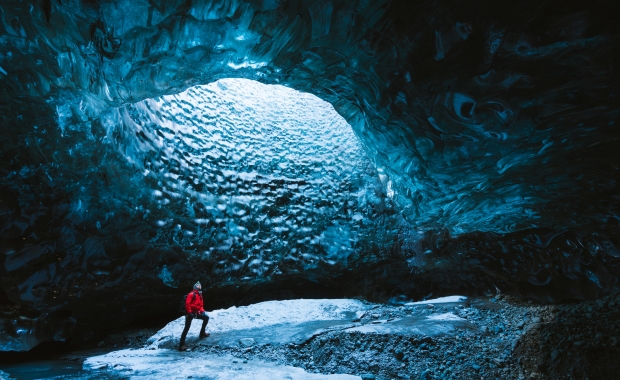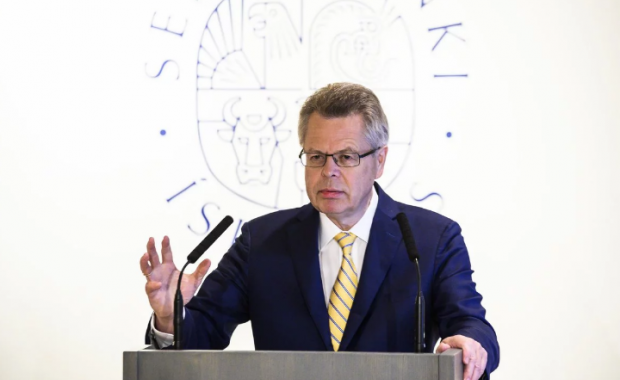The eruption in Holuhraun is over. After a meeting earlier today the Scientific Advisory Board of the Icelandic Civil Protection confirmed that the eruption had ended yesterday, February 27th, 181 days after it started on August 31st.
The eruption was directly connected to subsidence in the center of the sub-glacial Bárðarbunga caldera in Vatnajökull glacier. The seismic activity in the caldera continues but with a lot less intensity than before.
On October 11th, within six weeks after the eruption started, veteran Icelandic volcanologist Haraldur Sigurðsson made the bold prediction that the eruption would come to an end early March 2015. He was remarkably close.
Read more: Veteran volcanologist reiterates his prediction that the Holuhraun eruption will end in March
Haraldur's forecast was based on his theory that the subsidence in the center of the Bárðarbunga caldera is an exponential function that will gradually slow down relieving the pressure in the volcanic system that supplies magma to the Holuhraun eruption. The subsidence behaved exactly like Haraldur predicted.
The new lava field covers 85 square km (32.8 sq. mi)
The subsidence of Bárðarbunga is the largest subsidence that has been measured in modern times at a caldera in Iceland.
Bárðarbunga is at the center of a 200 km (124 mi) long volcanic system, one of the largest on the planet. The 10 km (6,2 mi) wide caldera is located underneath a 600 to 850-meter (1,968 to 2,788 ft.) thick ice cap in Vatnajökull glacier.
The eruption in Holuhraun was in an ice free zone about 41 km (25.5 mi) north of the caldera. Scientists have warned that another eruption might start in the volcanic system, as the seismic activity in the caldera is ongoing.
The eruption in Holuhraun is over. After a meeting earlier today the Scientific Advisory Board of the Icelandic Civil Protection confirmed that the eruption had ended yesterday, February 27th, 181 days after it started on August 31st.
The eruption was directly connected to subsidence in the center of the sub-glacial Bárðarbunga caldera in Vatnajökull glacier. The seismic activity in the caldera continues but with a lot less intensity than before.
On October 11th, within six weeks after the eruption started, veteran Icelandic volcanologist Haraldur Sigurðsson made the bold prediction that the eruption would come to an end early March 2015. He was remarkably close.
Read more: Veteran volcanologist reiterates his prediction that the Holuhraun eruption will end in March
Haraldur's forecast was based on his theory that the subsidence in the center of the Bárðarbunga caldera is an exponential function that will gradually slow down relieving the pressure in the volcanic system that supplies magma to the Holuhraun eruption. The subsidence behaved exactly like Haraldur predicted.
The new lava field covers 85 square km (32.8 sq. mi)
The subsidence of Bárðarbunga is the largest subsidence that has been measured in modern times at a caldera in Iceland.
Bárðarbunga is at the center of a 200 km (124 mi) long volcanic system, one of the largest on the planet. The 10 km (6,2 mi) wide caldera is located underneath a 600 to 850-meter (1,968 to 2,788 ft.) thick ice cap in Vatnajökull glacier.
The eruption in Holuhraun was in an ice free zone about 41 km (25.5 mi) north of the caldera. Scientists have warned that another eruption might start in the volcanic system, as the seismic activity in the caldera is ongoing.






